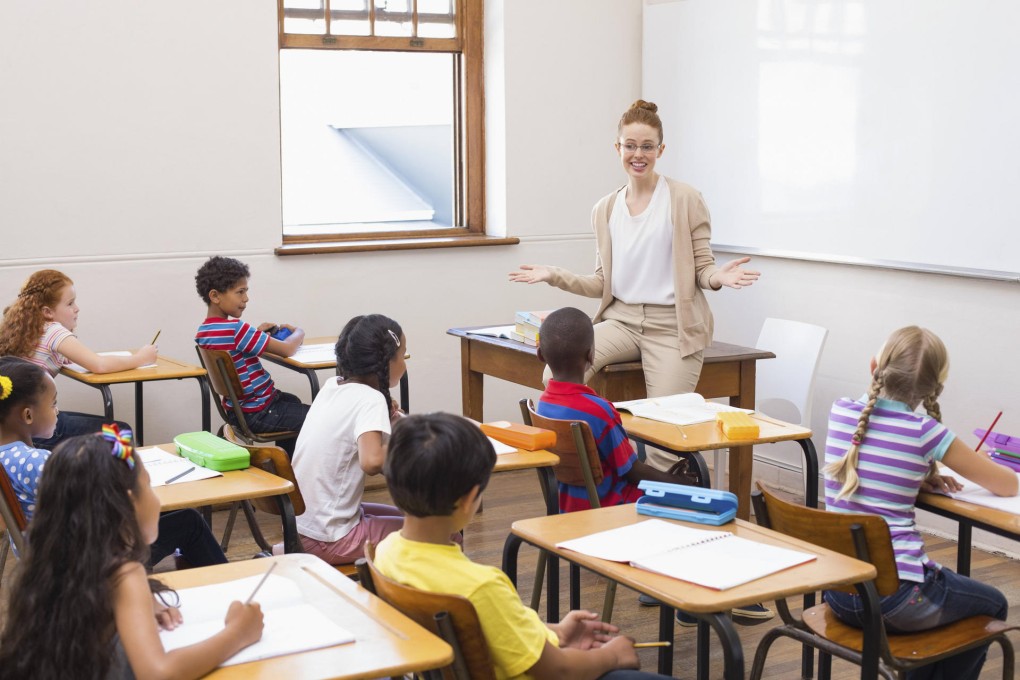Why Hong Kong secondary classrooms need designing for active learning
Many secondary schools are moving away from rows of single desks

Until recently, how the furniture and layout of a classroom might help or hinder learning and achievement was rarely considered. But research has shown that classrooms designed to encourage active learning have a significant and positive effect on student engagement. So educators are now working with engineers, architects and others to design inspiring learning environments where the physical space and furniture supports and enhances learning.
Secondary schools, which have traditionally had a more formal style of seating than their feeder primary schools, are also beginning to see the importance of thinking more carefully about the layout of furniture. Many are now moving away from rows of single desks. In fact, those that follow the IB curriculum, in particular, have had to rethink their classroom configuration as subjects have become more integrated, demanding interaction and collaboration among students.
Whether this is the case in your daughter's situation will depend on the ethos of her school, individual teachers in it and the requirements of different subject departments.
Ultimately, however, the experience of secondary school will be different from primary school and it is natural for her to be anxious about this transition and want the emotional support of her friends around her, including being able to work alongside them in the classroom. The good news is that transition arrangements between schools have generally improved; often pupils visit their new school at least once before embarking on their new adventure.
Educators have known for a long time that when children are encouraged to share their findings and ideas in an emotionally safe environment their confidence and ability to learn increases enormously. These days, education is more about interactive problem solving and communication skills, so seating arrangements need to allow for this. The key is flexibility so furniture can be arranged according to task while also catering for different learning styles.